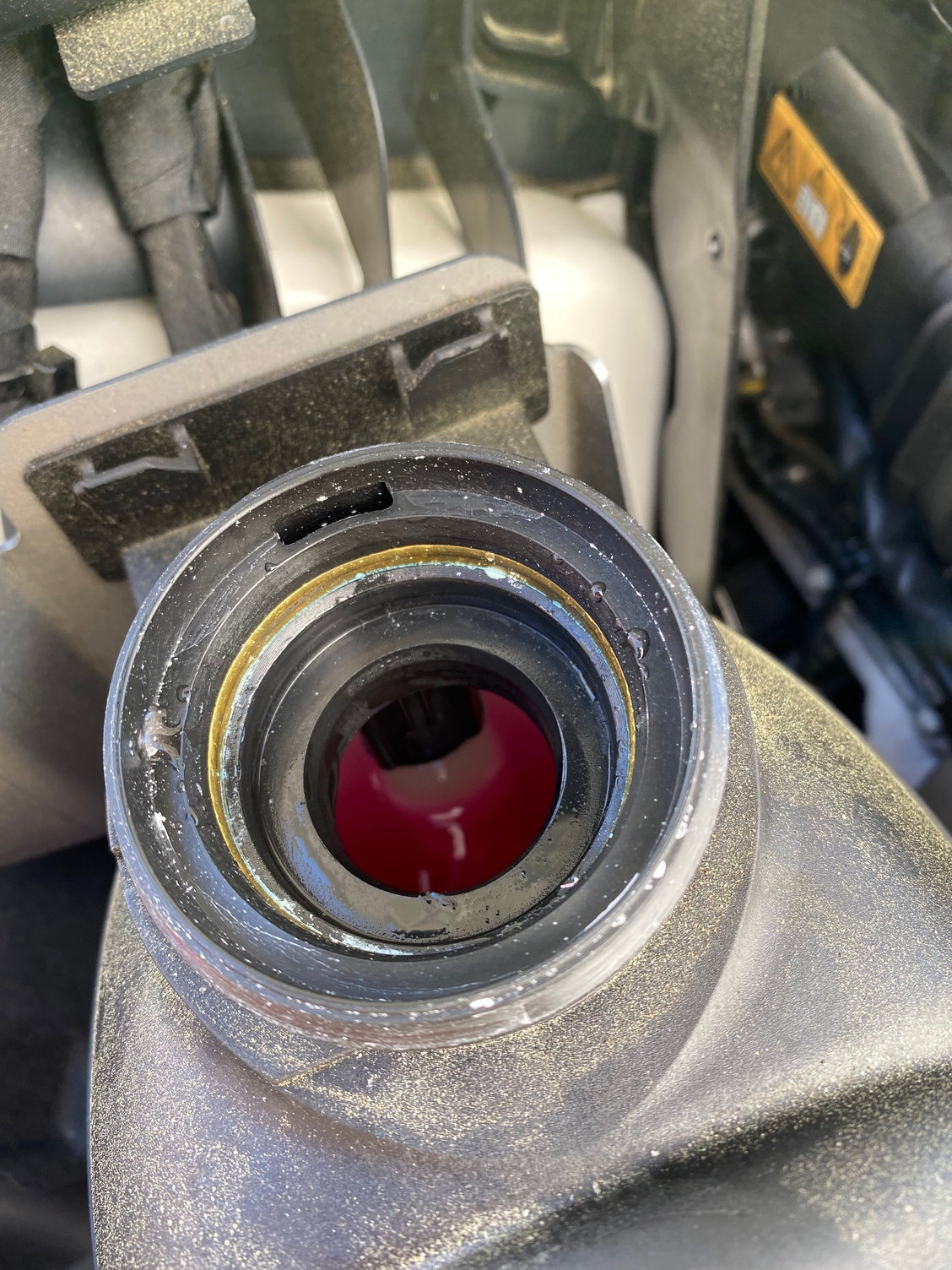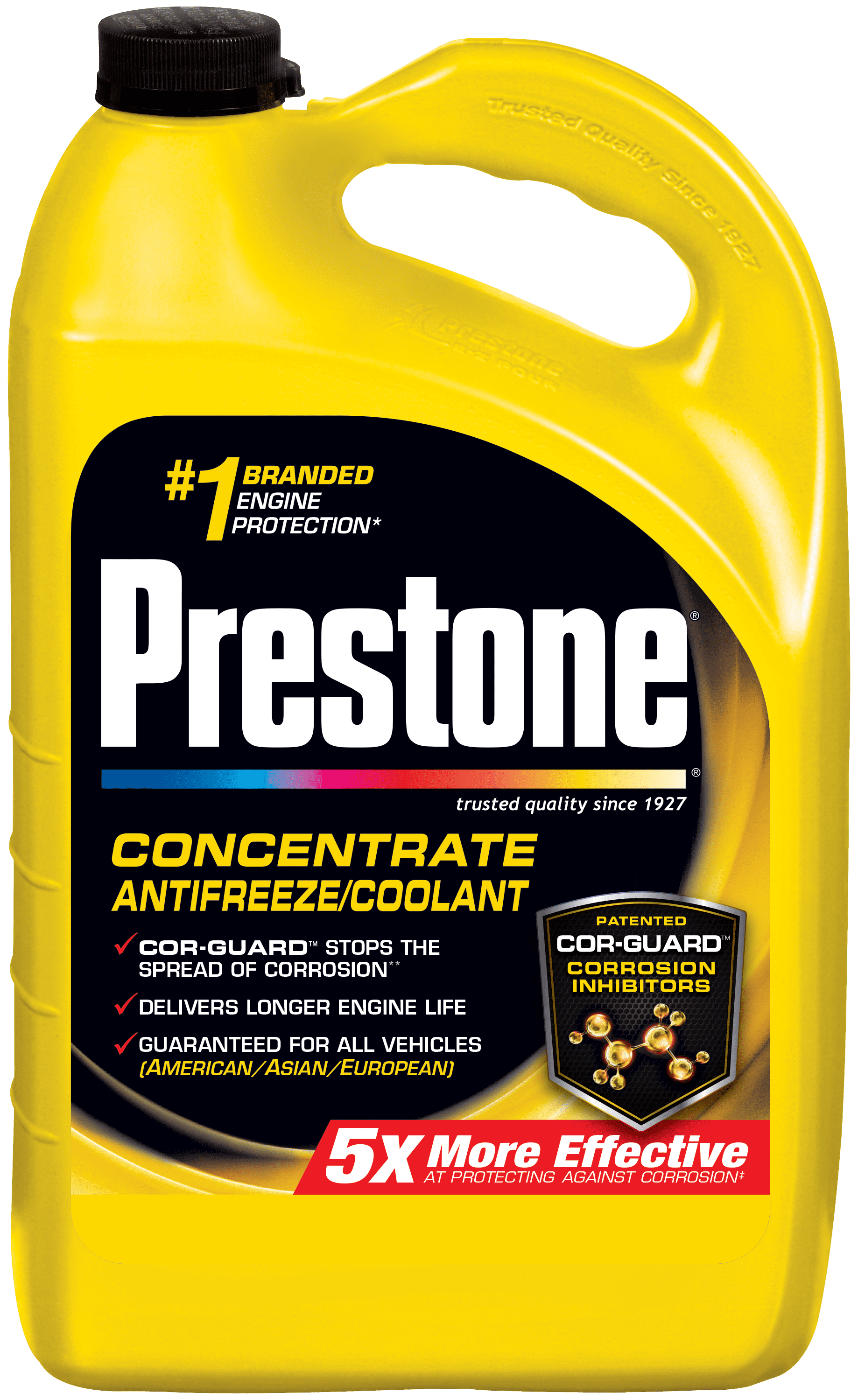

If the torque reading is below specifications, the tensioner must be replaced. Some vehicle manufacturers specify that a beam-type torque wrench be used to determine the torque needed to rotate the tensioner. Check service information for the location of the tensioner mark.

Many tensioners have marks that indicate the normal operating tension range for the accessory drive belt. Replace any serpentine belt that has more than three cracks in any one rib that appears in a 3 in. The proper tension is based on the size of the belt. Adjust the tension of the accessory drive belt to factory specifications.
#Coolant light install
Install the belt and operate the engine with all of the accessories turned on, to run in the belt for at least five minutes. A belt tension gauge is needed to achieve the specified belt tension. There are four ways vehicle manufacturers specify that the belt tension is within factory specifications. Coolant will be lost, and someone may be injured or burned by the high-temperature coolant that is blown out of the filler opening.ĭrive belt condition and proper installation are important for the proper operation of the cooling system. Vapors from the boiling liquid will blow coolant from the system. When the cap is removed, the pressure will instantly drop to atmospheric pressure level, causing the coolant to boil immediately. Removing the pressure cap from a hot engine will release the cooling system pressure while the coolant temperature is above its atmospheric boiling temperature.

The technician flushed the cooling system and replaced the radiator cap and the water pump, thinking that restricted coolant flow was the cause of the problem. The vehicle, equipped with a 4-cylinder engine, would run in a perfectly normal manner in city driving situations. Blocked cooling passages in the block or cylinder head(s)Ī vehicle owner complained of an overheating vehicle, but the problem occurred only while driving at highway speeds.Defective water pump (the impeller slipping on the shaft internally).Incorrect ignition timing (if adjustable).Overheating can be caused by defects in the cooling system, such as the following: Continue to drive, but to be safe, stop occasionally and check for any evidence of overheating or coolant loss. STEP 5 If the engine does not feel or smell hot, it is possible that the problem is a faulty hot light sensor or gauge.STEP 4 Do not continue to drive with the hot light on, or serious damage to your engine could result.STEP 3 Never remove the radiator cap when the engine is hot.STEP 2 If possible, shut the engine off and let it cool.The heater will help rid the engine of extra heat. STEP 1 Shut off the air conditioning and turn on the heater.If the coolant temperature warning light comes on, follow these steps. When an engine overheats, often the coolant overflow container boils.


 0 kommentar(er)
0 kommentar(er)
